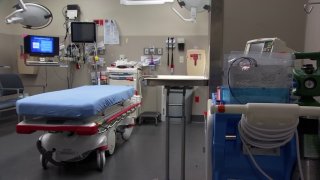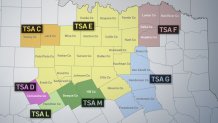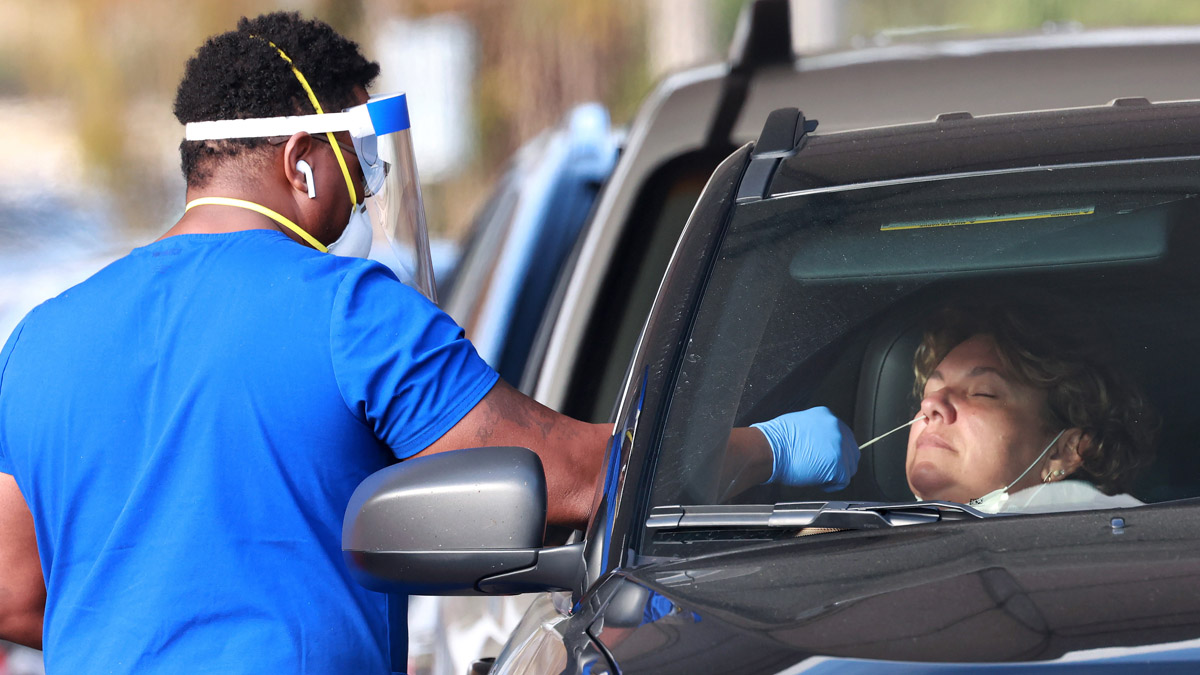
As the numbers of COVID-19 positive hospital patients climb to alarming levels across the state, some North Texas counties already fall under new closures and restrictions. Others sit on the brink of triggering similar rollbacks, creating an at-times confusing patchwork set of rules.
An order issued by Gov. Greg Abbott (R) lays out a red line: When COVID-19 patients make up 15% or more of a hospital region’s capacity for seven straight days, a series of mandatory limits will activate with few exceptions.
Trauma Service Area (TSA) 101
Texas' Trauma Service Areas are 22 regional bodies made up of Texas' 254 counties. Each TSA is managed by a Regional Advisory Council that is "tasked with developing, implementing, and monitoring a regional emergency medical service trauma system plan." RACs are made up of healthcare entities and citizens and are not all structured the same, however, they all have the same objectives: "to reduce the incidence of trauma through education, data collection, data analysis and performance improvement."
North Texas falls into seven different TSAs (pictured below). Just more than half of the counties in North Texas are grouped in TSA-E.

TSA-E is managed by the North Central Texas Trauma Regional Advisory Council, which has defined its mission as to "promote and coordinate a system of quality trauma, acute, and emergency healthcare and preparedness in North Central Texas." NCTTRAC also manages TSA-C and TSA-D, which includes 26 Texas counties outside of the 19 counties that make up TSA-E.
According to the NCTTRAC, "TSA-E is the largest Trauma Service Area in the state, serving a population greater than 26% of the population of Texas. That is approximately 2% of the population of the United States."
What is the COVID-19 Hospital Capacity in my TSA?
What Restrictions Are Triggered When a TSA Crosses the Threshold?
When a TSA meets or exceeds 15% for seven consecutive days it is classified as a high hospitalization TSA. DSHS notifies county judges in the region of the following limits:
- Hospitals must suspend elective surgeries, but there are exceptions for procedures that “would not deplete any hospital capacity needed to cope with the COVID-19 disaster.”
- Most businesses drop from 75% capacity to 50% capacity. This includes restaurants, retail stores, gyms, offices, museums, libraries, amusement parks, swimming pools, amusement parks, zoos, aquariums and similar facilities. All professional and college athletics events are already limited to 50% capacity. There are no capacity limits for a limited number of businesses including schools, religious services, and child-care services.
- Bars and other establishments with 51% alcohol sales must close. This overrides any previous exceptions allowing bars to operate at 50% capacity. The Texas Alcoholic Beverage Commission has compiled a map showing counties where bars are allowed to operate:
When Will Restrictions Be Lifted?
Once a TSA spends a week at or above the 15% mark, restrictions will not be lifted until the TSA records seven straight days below the 15% mark.
COVID-19 Latest
Editors Note: An earlier version of this story stated that DSHS notified hospitals they must suspend elective surgeries. It has been updated to reflect that a governor’s order allowed elective procedures to continue if it would not deplete resources needed to treat COVID-19 patients.


